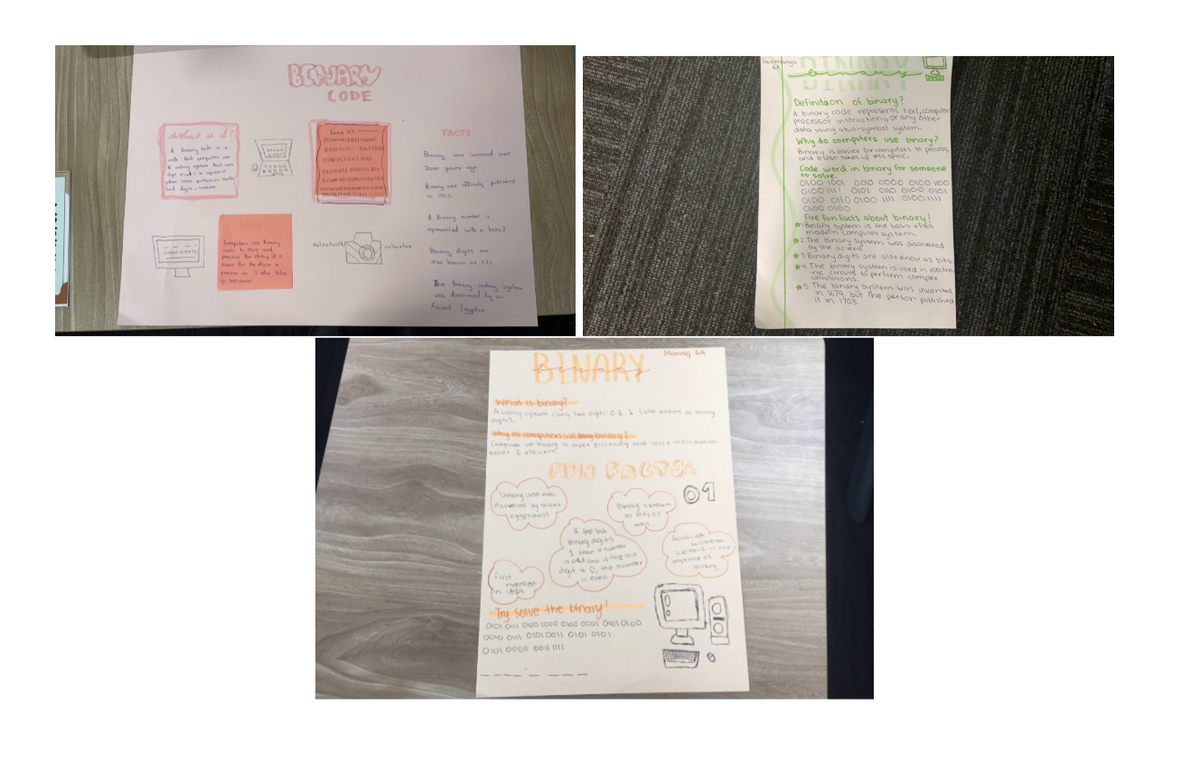Innovation & Design
Mr Magafas, Ms Bedi & Ms Kirk

Innovation & Design
Mr Magafas, Ms Bedi & Ms Kirk
The Foundation students are learning about the design cycle process and how it supports the development of design solutions. The students will create a 'Forky' doll family from various materials. Later in the term, they will use the design cycle process to develop sandcastles as a setting for their "Forky" family characters. They have imagined and designed their Forky Family posters. Imagination and planning help the students develop confidence and creativity.
The design cycle process itself fosters a creative mindset. Students are encouraged to brainstorm, prototype, test, and refine their ideas, which teaches them that creativity is not just about having a single brilliant idea but about developing and improving concepts over time. Through these activities, students learn to express their ideas visually and materially, which boosts their confidence in their creative abilities. Overall, this hands-on, imaginative approach to learning not only supports their creative development but also instils a lifelong love for innovative thinking and problem-solving.


Year 1 students are learning to follow step-by-step instructions to solve problems and explore algorithms through games and other hands-on tasks. Through hands-on activities such as making a Potato Man, Light Buzz year characters , students are introduced to the concept of algorithms as a sequence of actions to complete the images.
For example, they might play a game where they guide a character through a maze by giving a series of directional commands. This helps them understand that the order of steps is crucial for successfully completing the task. As they follow these instructions, students learn to pay attention to details and recognise the cause-and-effect relationships between steps.
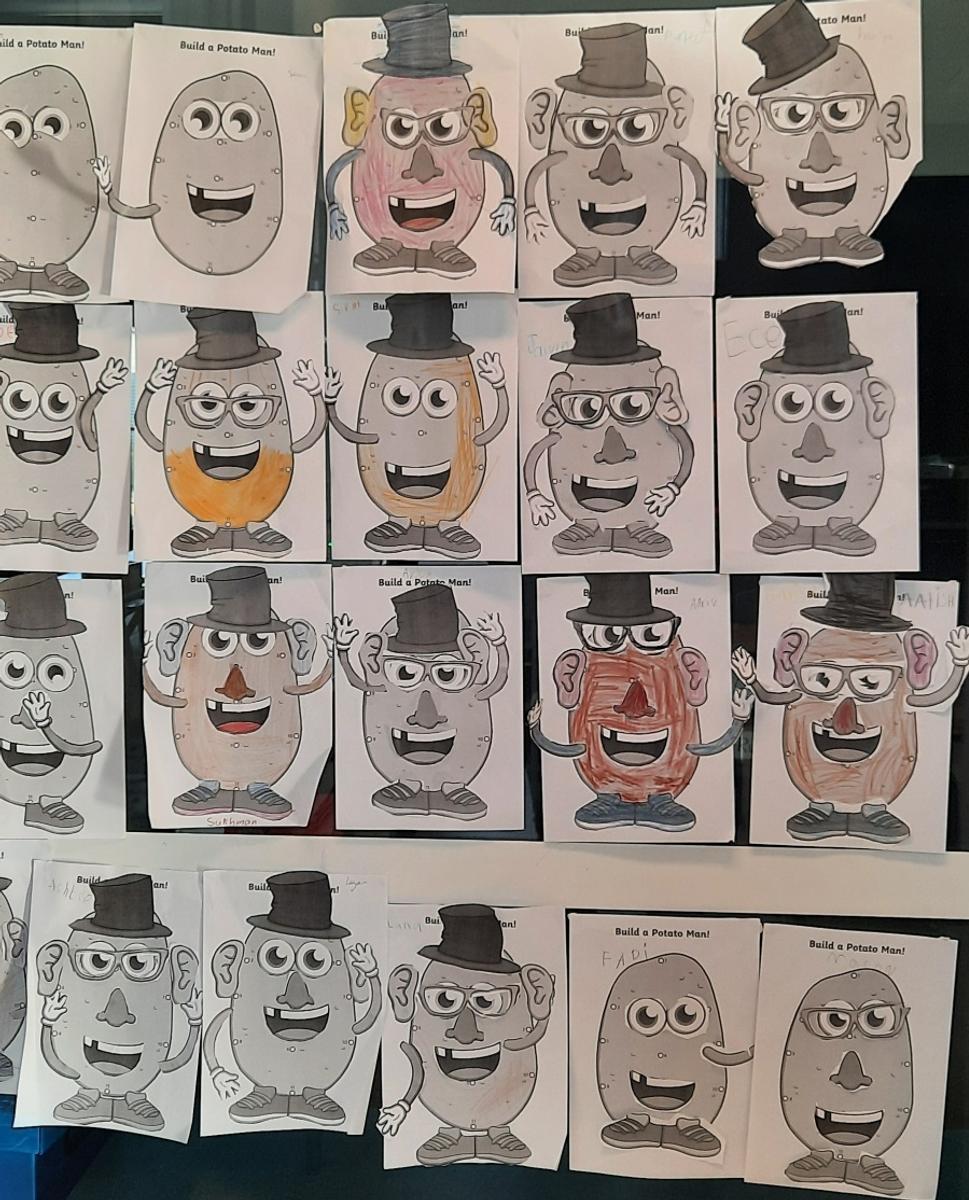

This term our Year 2 students are expanding their knowledge about Algorithms, starting with applying the concept to everyday tasks such as brushing their teeth and will later apply the concept in digital technology. Our Year 2 students completed a cut and paste sequence for making a jam sandwich to assess their comprehension of algorithms. Our Grade 2 students have also reflected on how to apply our school values to guide our actions when faced with digital dilemmas. Further into the month students' understanding around algorithms will be expanded through some hands-on activities.. Students will get the chance to use our school Ozobot robots. Working in pairs students will use the robots and explore different functions they perform.
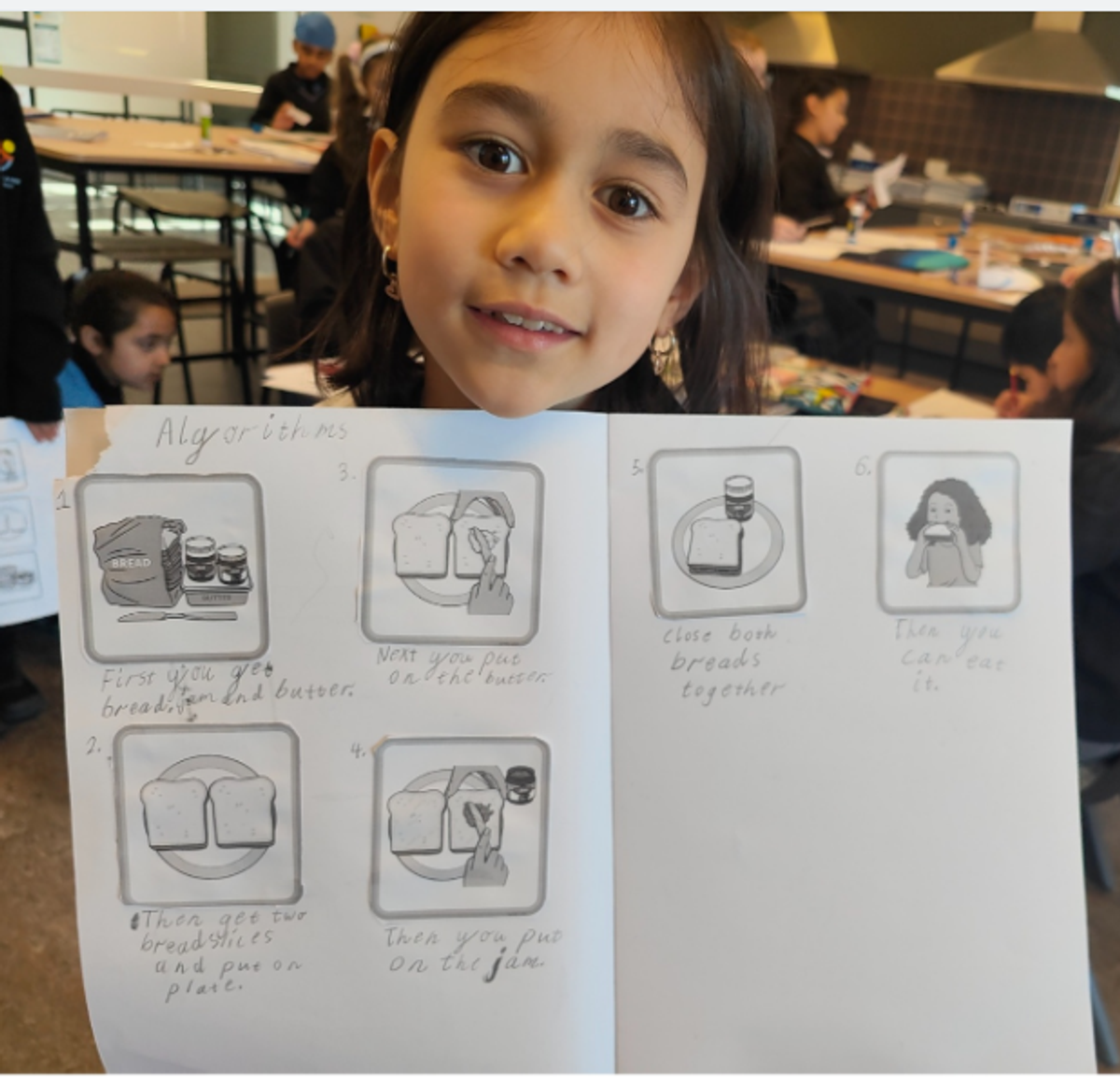

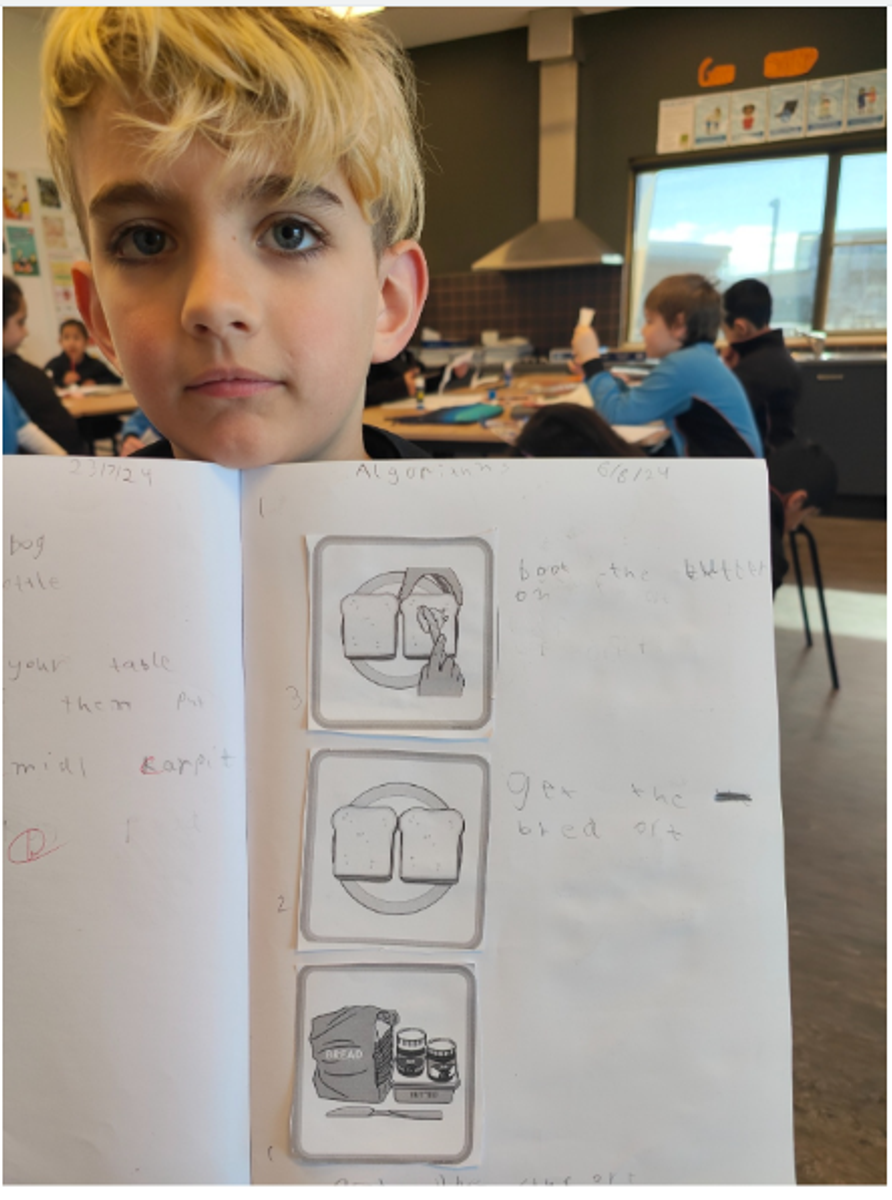

This term our Year 3 students are learning about Computational Thinking and applying this concept to everyday tasks, such as how to pack a bag. Our Grade 3 students are learning about conditional statements, when completing everyday tasks. The students are now learning how to map out logic for everyday tasks using flow charts. This will help prepare them for developing algorithms for programming. Later in the term students will apply Computational Thinking and Algorithm concepts to programming using Blockly.
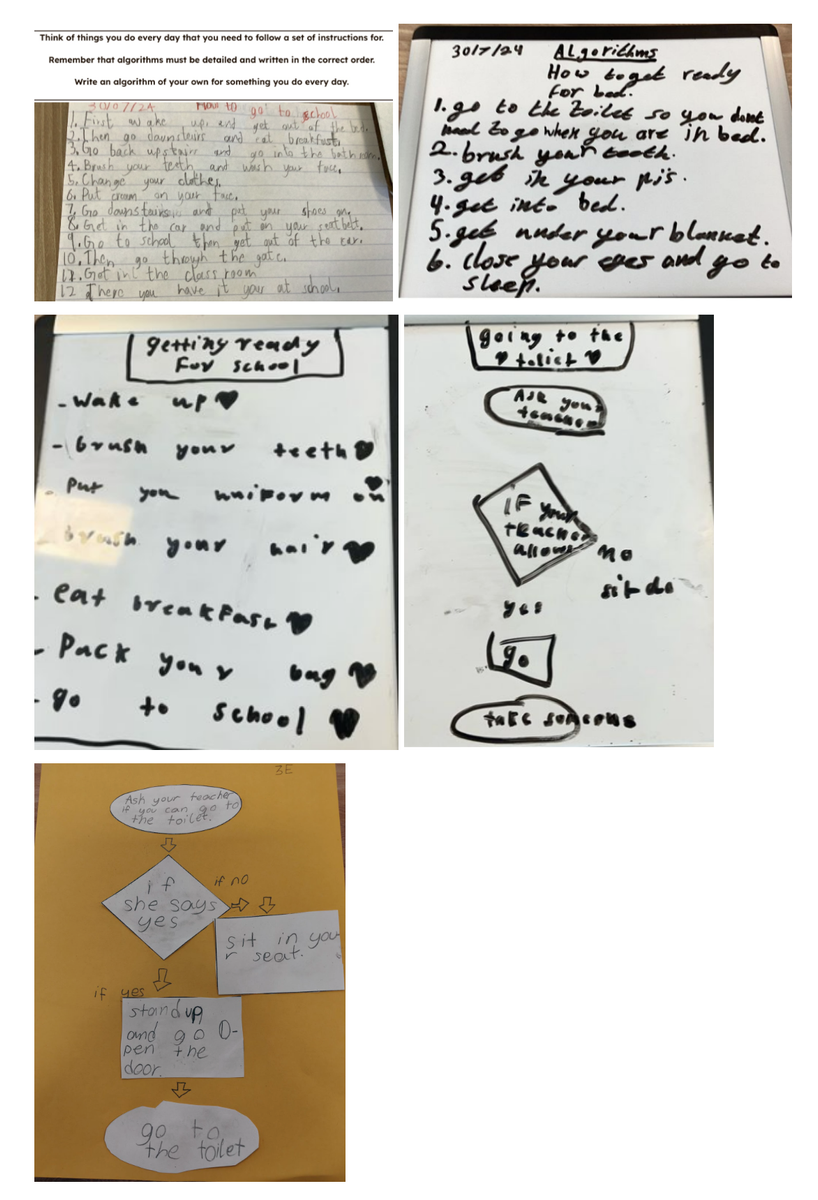

This term the Year 4 students are learning about Computational Thinking and applying this concept to everyday tasks, such as how to pack a bag. Later in the term students will apply Computational Thinking and Algorithm concepts to programming using Blockly.
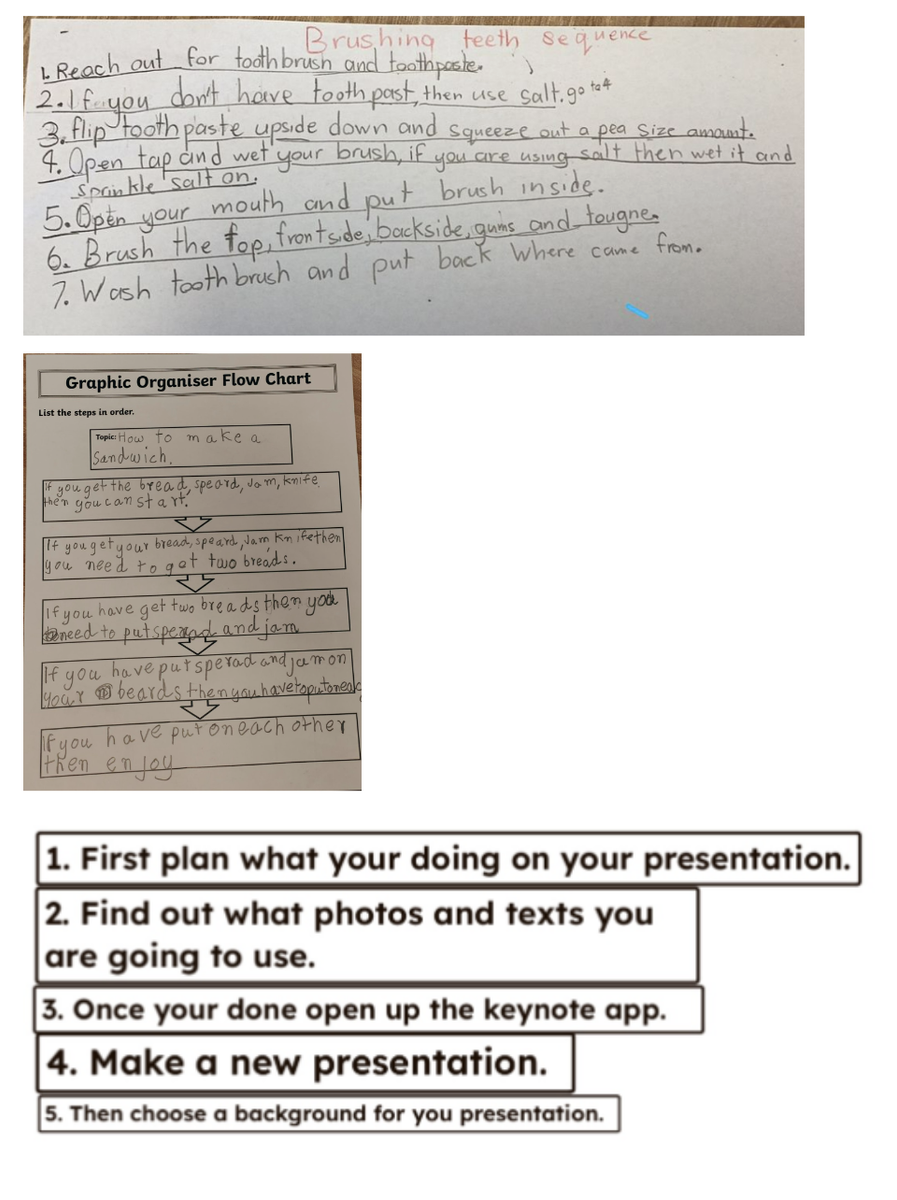
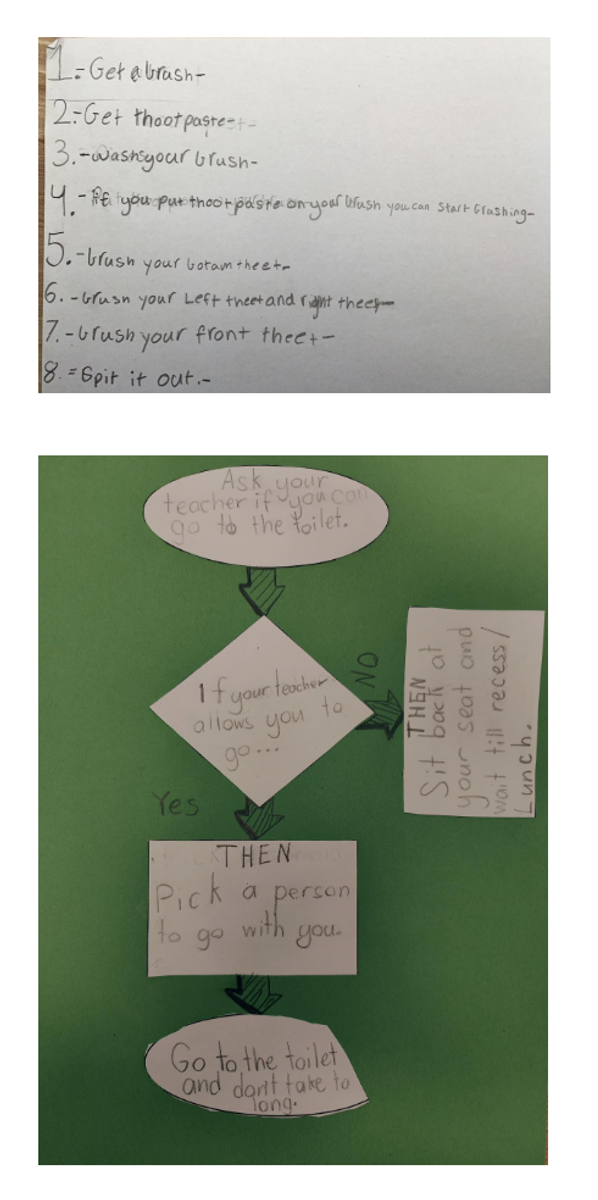


This term, Year 5 students are learning to explore different recipes using food preparation skills and safely handling knives in the kitchen. The focus of these lessons is on learning how to use different kitchen utensils and cutting equipment safely. In addition to these skills, we are also emphasising the importance of reducing food wastage. Students are being taught to measure ingredients accurately, store leftovers properly, and use all parts of fruits and vegetables when possible. They are also learning about food sustainability, including choosing locally sourced and seasonal ingredients to reduce their environmental impact.
We made fun fruit skewers in our first kitchen session of this term. During this activity, students practised their knife skills, learned how to minimise waste by using all edible parts of the fruit, and discussed the benefits of using seasonal fruits for sustainability.
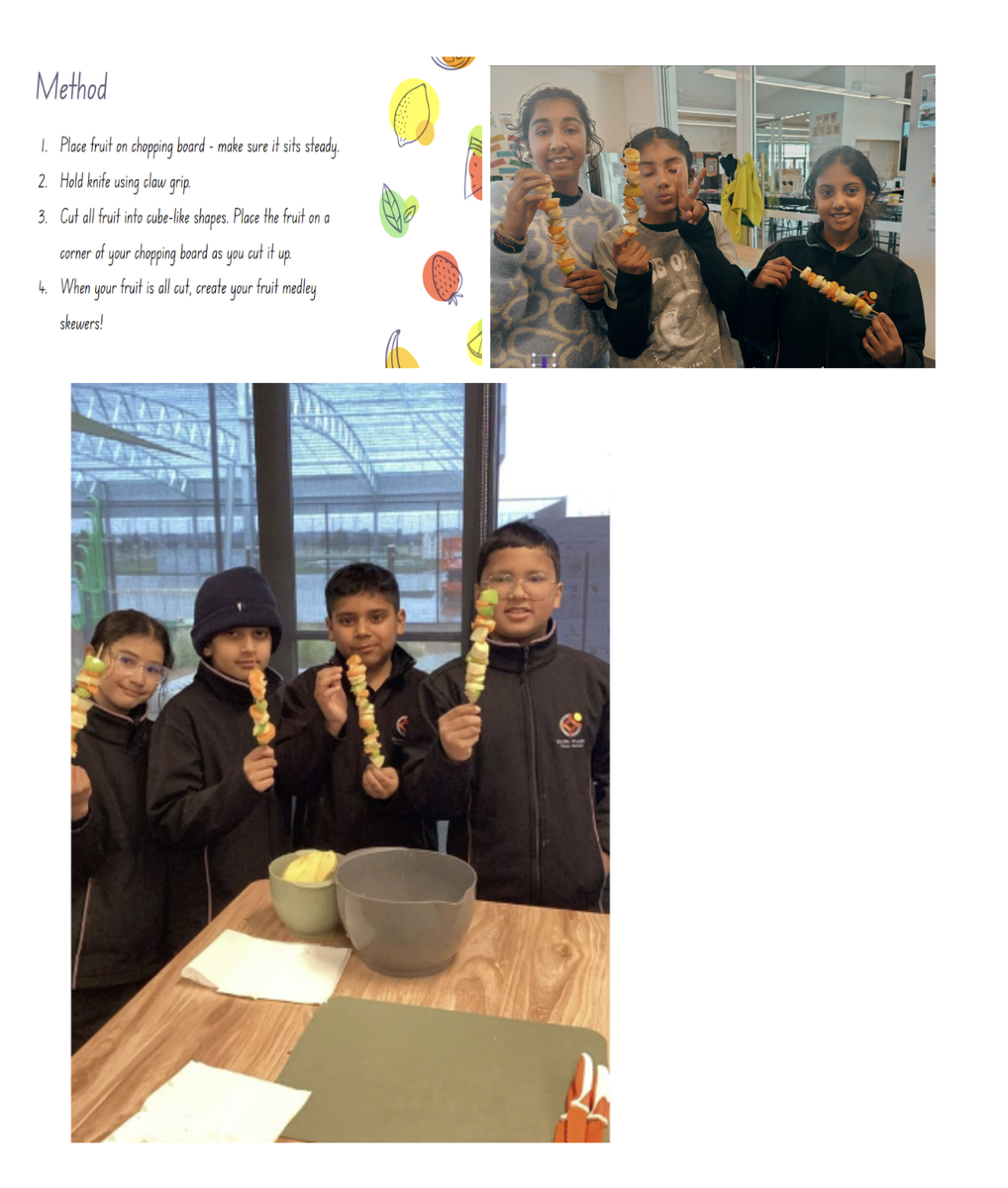



Year 6 students have been learning about binary code in Innovation and Design. To show what they’ve learned, they created posters that explain how binary works. These posters were a fun way for the students to display their understanding and creativity. It’s been wonderful to see them grasp such an important concept in technology! Next, we’re moving on to coding using Scratch, where students will get to create their own interactive projects. We’re excited to see what they come up with in this next part of our journey!
